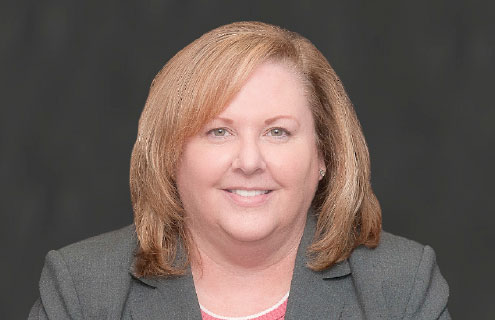River Oak Risk
Due diligence is needed to make sure that a captive is set up for the correct reasons and is handled by an experienced insurance professional, says Kim Bunting of River Oak Risk
How can captives run into trouble?
We will often be asked by a trusted adviser or a captive owner to review an existing captive that was set up without the adviser’s involvement to determine if it was formed and operated properly. This is often triggered once the adviser becomes aware of the captive and learns facts that raise a concern.
When we do these reviews, we look at the formation documents, the business plan, the policies, financials, claims activity and documentation, as well as any other information available. Many times, especially for captives formed and operated offshore, there was very low capitalisation of the captive when it was formed and first became operational. The amount of capital we often see is far below what would be acceptable in a US domicile. This is a weakness that could subject the captive to risk if examined by the Internal Revenue Service (IRS).
It is also not unusual to see a captive without any apparent actuarial support for premiums, which exceed a reasonable amount given the size of the companies being insured and the risks being insured. Policies often do not conform with insurance industry standards and appear to be drafted by persons without any insurance experience. Many captives also have no risk distribution or inadequate risk distribution such that there is little to no chance of exposure to third-party claims. Claims are often non-existent and there is no claims programme or procedures in place in the captive programme.
These issues can lead to the conclusion that the captive is not a real insurance company. Not all of these issues are present in every captive we review, but the majority of the captives we review have some of these problem areas.
How do captives get into these kinds of situations?
Business owners are not accustomed to, or familiar with, running an insurance company and may not recognise how to choose a qualified manager, someone with extensive insurance and risk management experience. Also, key trusted advisers are not always involved in the process from the beginning to ensure that proper due diligence of the captive opportunity and the captive manager is done. Due diligence is needed to make sure that the captive is set up for the correct reasons and is handled by an experienced insurance professional.
It is critical for a business owner interested in a captive to insure his or her business to carefully consider who they will work with on the project and that the manager selected has the skillset based upon past experience to advise and perform the necessary captive management functions correctly. If the captive manager is hard selling a captive or selling tax benefits, this is a red flag that the manager is not in the business for the right reasons and probably does not have the right skill set. Business owners should avoid these types of captive managers.
What advice would you give to a captive owner in that situation?
In some situations, the best advice is to shut down the existing captive and then start a new captive that is set up properly from the beginning. Depending upon the owner’s risk tolerance, another alternative is to change captive managers and have the new manager clean up the programme on a going-forward basis. We have been involved in both situations and in some instances the work needed to clean up an old programme equals or exceeds the amount of work in setting up an entirely new captive.
However, if the owner wants to be able to continue to utilise the capital and surplus built up in the original captive, this may be more desirable than shutting down the captive and starting over. The review and decision as to how to move forward is always a collaborative process between River Oak, the owner and the owner’s trusted advisors as to what is the best alternative.
If the owner chooses to continue to operate the existing captive, we will completely overhaul the programme: implement a new business plan, with new policies, claims procedures and reinsurance based upon how River Oak operates a captive programme. The actuaries we work with will review, underwrite and price the new programme based upon River Oak’s and their standards.
To avoid captives running into trouble, do you think there should be more education provided for potential captive users?
There is quite a bit of information available online about captives, however, it is hard for inexperienced people to determine the good information from the bad. Most US domiciles have information available on their department of insurance/captive division websites. The information provided there is useful and informative, and is a good starting point for someone interested in captives to learn about how the different domiciles operate and the differences in regulations in various states. There are also many opportunities at the US domicile annual conferences, along with the annual Captive Insurance Companies Association (CICA) International Conference, for people wishing to learn more about captives.
More could be done in terms of providing educational materials to business publications other than in the insurance industry to inform and educate business owners regarding captives, the benefits, costs and operational requirements. This has started to occur on a more frequent basis as the interest in captive insurance has spread to the middle market business owner and advisers.





